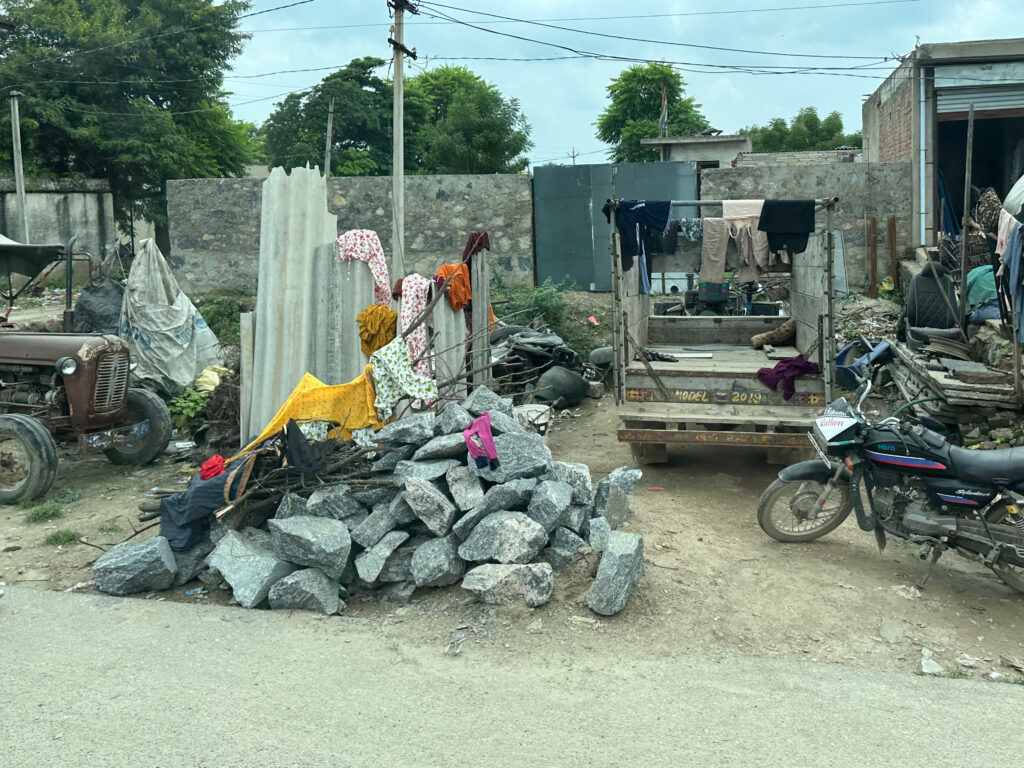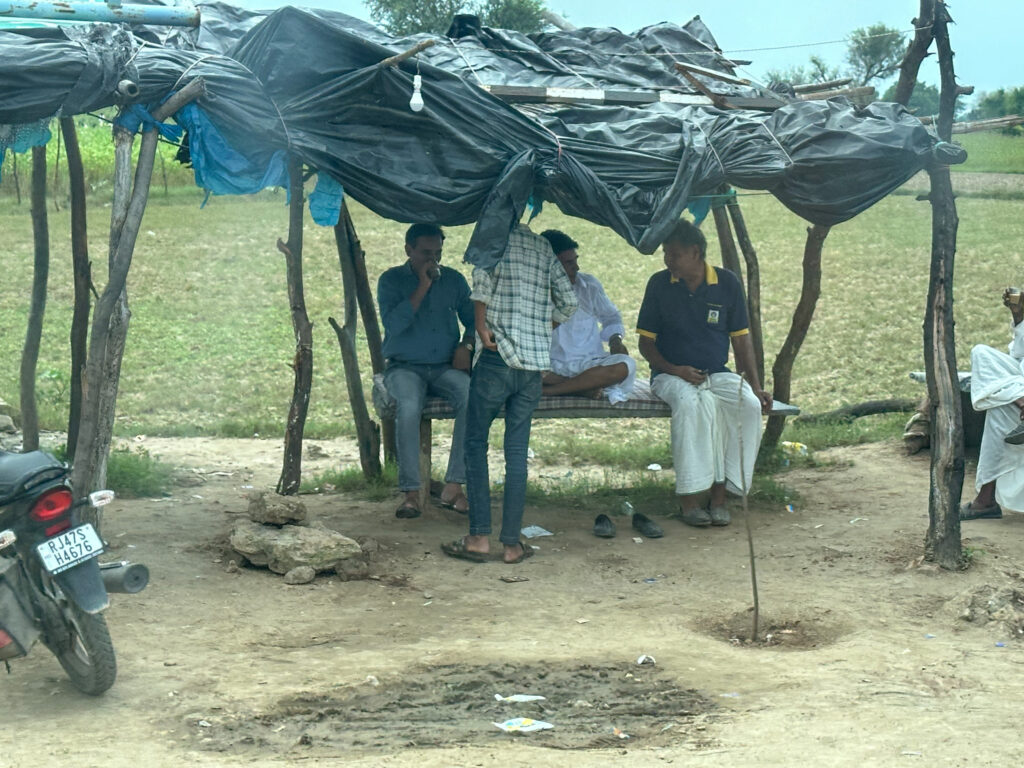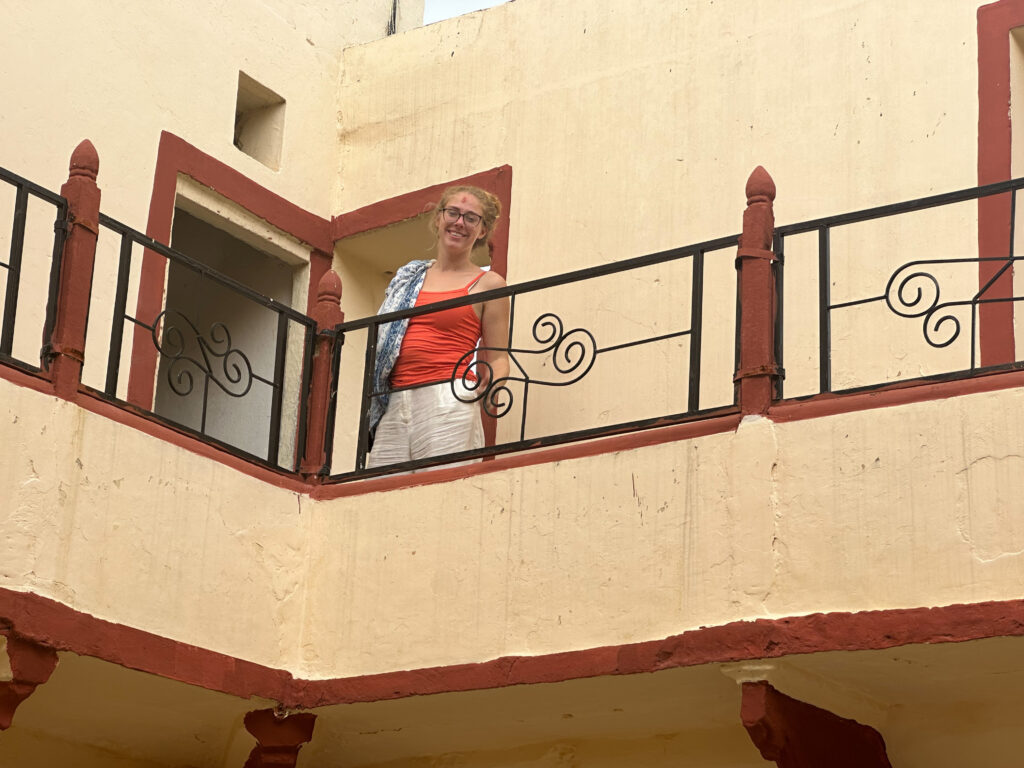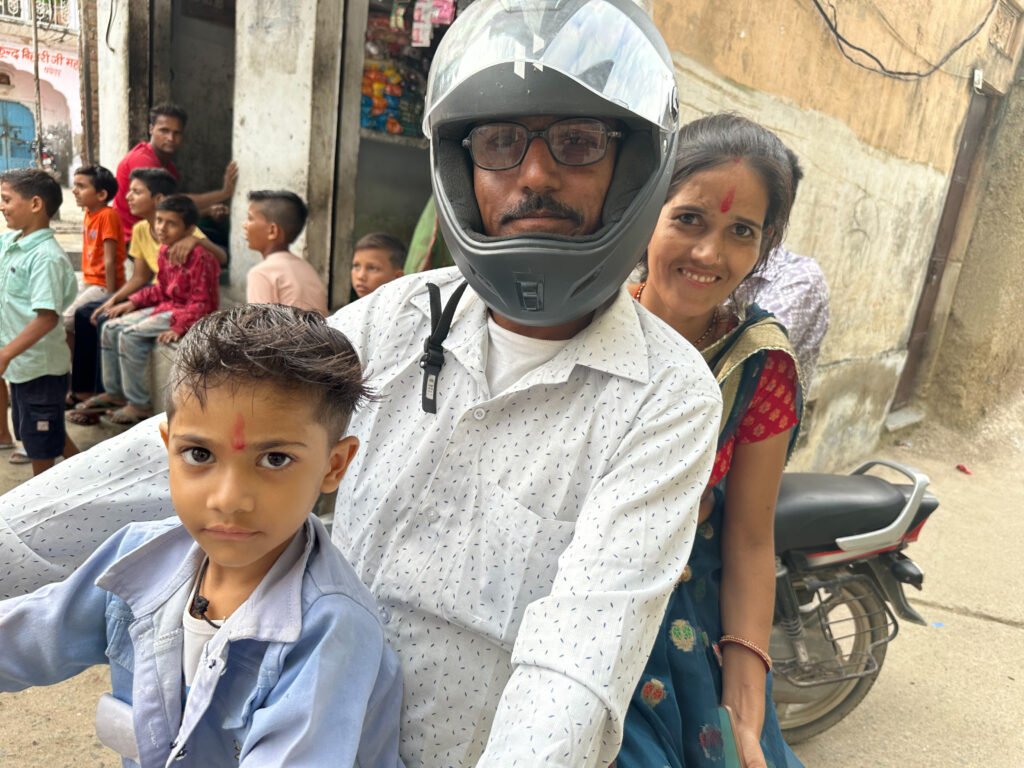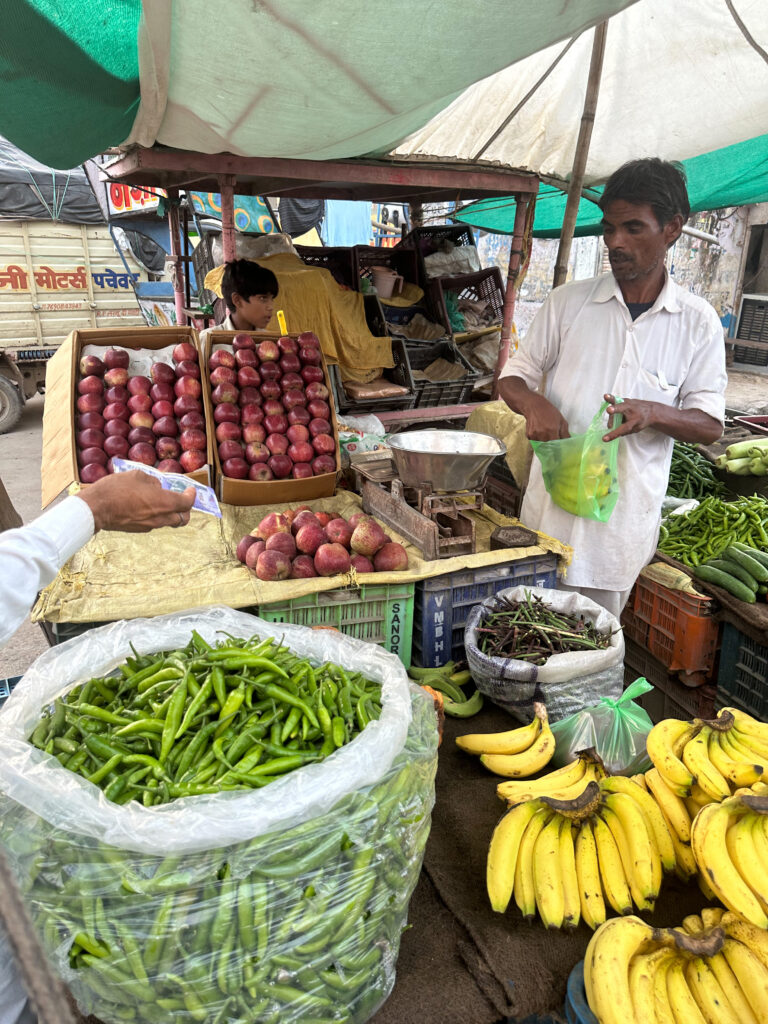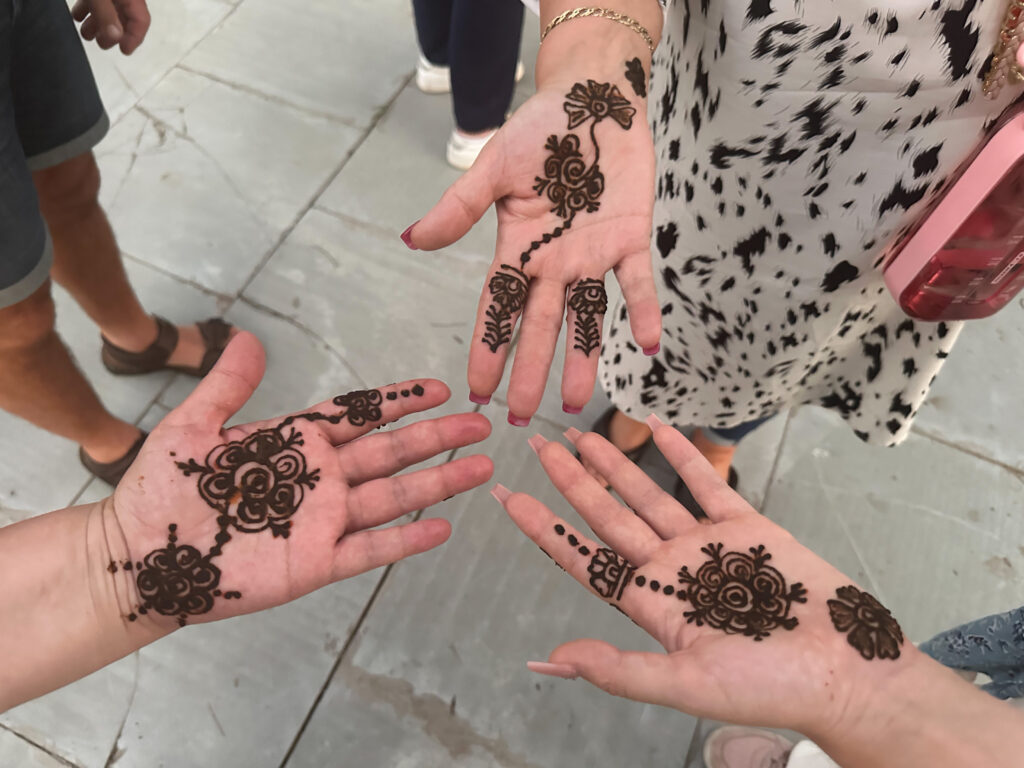It’s 3:30 in the afternoon and Judy is napping; I’m typing. Judy screams, sits upright in bed, and says “There’s something on my back!” Nightmare is, of course, my immediate guess but in 52 years of wedded bliss I’ve never heard her wake up screaming.
We’re In Pachewar, checked into our hotel and resting until 4:30 and the village walk. What to do? Chalk it up to imagination? Call someone? I’m alerted to motion on the floor to my left. It’s a mouse. Big mouse? Rat? Whatever, it’s a rodent.
I call Jai, our Chief Experience Officer, and ask him to deal with this experience. He shows up with three hotel employees, including a guy doing painting. Each armed with a broom or stick, and with evident glee, played a spirited game of whack-a-whatever. The mouse quickly succumbed, we moved rooms and all is well.
The hotel is a 300-year-old fort of the Fiefdom of Pachewar, complete with mud walls and a moat. It was presented to the present owner’s forefather in 1756 by the Maharaja of Jaipor in recognition for his service in a war. Back then, farmers, artisans and merchants payed taxes to the fiefdom, which in turn paid a portion to the maharaja. The maharaja paid the Emperor in Agra a portion and all was well. That worked until 1947 statehood when fiefdoms and maharajas loss the ability to tax. Now, it seems, running a hotel is the way to keep the family fort afloat.
The trip here from Jaipor was three hours and uneventful, passing through farming land punctuated by industrial operations, especially near cities. A $5 lunch was ready when we arrived.
The main event was an evening walk through the village, visiting shops and a business that presses rape seed to produce oil – what we would call canola oil The service is free if the customer leaves behind the solid material that has greater value when used as feed for cattle. They also grind wheat, including Millet, which is a common grain we’ve seen growing on many farms in this region of India. The most valuable part of cotton in the USA south are the seeds to produce cotton seed oil. Same deal.
There are a whole bunch of people in India, and judging by the number of kids following us around in this village of 10,000, a whole bunch more are on the way. We had a cooking demonstration over a wood-and-cow-dung fire by a woman outside her home.
The kids were lots of fun, willing to be photographed as were their parents and grandparents. In fact, everyone we met was very welcoming. The kids didn’t beg but the one word of English they all knew was “present.” They weren’t obnoxious when we said “no.”
Tomorrow’s a long trip of nine hours back to Delhi. Then Sunday it’s off to Kathmandu for the second half of this adventure. Stay tuned!





